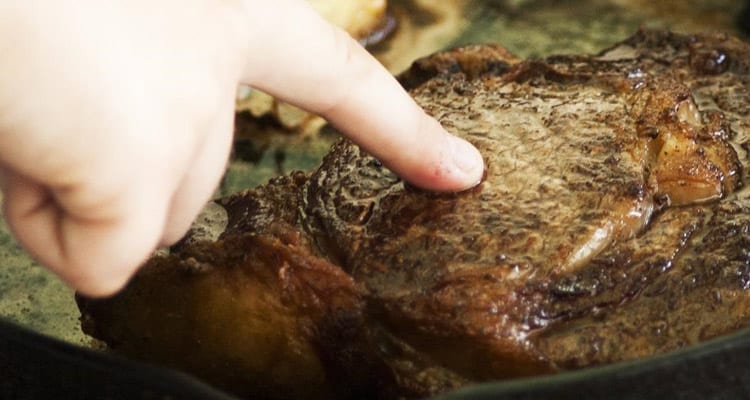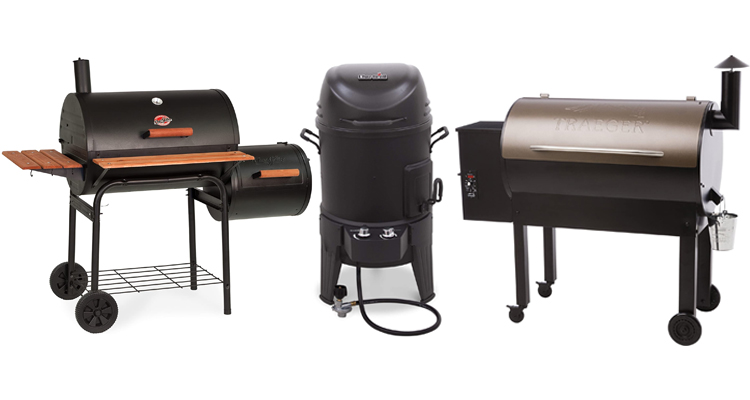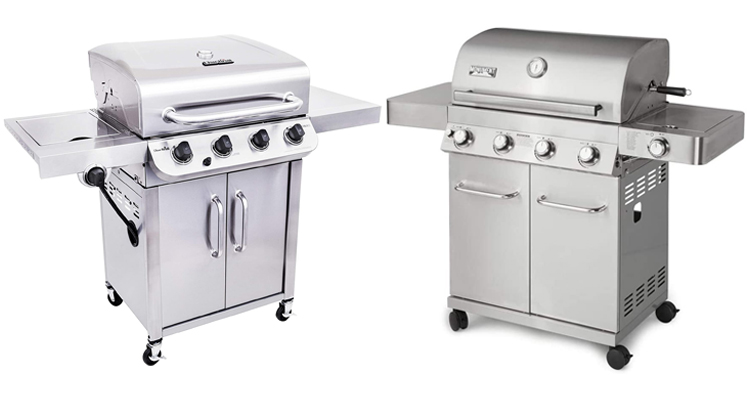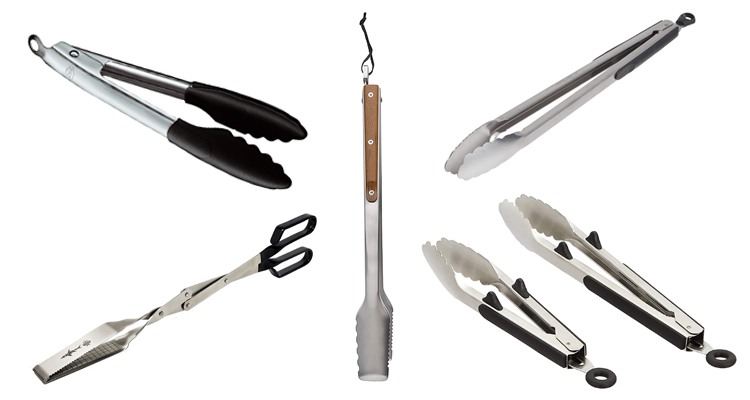Every backyard barbecue fan loves to grill steak. In fact, along with hamburgers, it’s probably the most frequently grilled item. I know that I have friends whose grilling is pretty much limited to steaks.
Even being as popular as it is, many people still have a hard time telling when a steak is cooked to their liking without cutting into the thing. Learning to test for doneness is a key grilling skill you’ll want to learn. In this article, I’ll explain the various techniques for testing doneness and give some tips for mastering this important skill.
Table of Contents
Testing a steak’s doneness visually
As I mentioned earlier, the first method most people learn is simply cutting into the steak to see how it looks. This approach has a big drawback – dried out steaks. Cutting into a steak that’s still cooking releases all of its juices which pull towards the surface while cooking.
This is the reason you should always let your steaks rest for a few minutes after taking them off the grill and should always use tongs rather than a fork when handling them. So, I don’t recommend this method, but use it to review and describe the basic levels of doneness that we might be targeting, regardless of our testing strategy.
- Very Rare Steak – blood-red in the center and barely warm. My cowboy friends say a good vet could still save the cow
- Rare Steak – red in the center and warm throughout
- Medium-Rare Steak – pinkish-red in the center and fairly hot
- Medium Steak – pink in the center, grayish-brown surrounding, hot throughout
- Medium-Well Steak – grayish-brown center, only a trace of pink
- Well-Done Steak – gray in the center
Testing a steak’s doneness by temperature
This is the scientific approach, and probably the most accurate. Taking an instant-read digital meat thermometer, poke it into the center of the steak and allow it to take a reading. Based on the internal temperature you can tell when the steak is done to your liking.
- Very Rare Steak – 120°
- Rare Steak – 125°
- Medium-Rare Steak – 130° – 135°
- Medium Steak – 140° – 145°
- Medium-Well Steak – 150° – 155°
- Well-Done Steak – 160°
One thing to keep in mind is that just because you take a steak off of the grill doesn’t mean its through cooking. The heat built up in the steak will continue to cook the meat until it begins to cool off, adding up to an additional 5 or 10 degrees of doneness. This means you have to undershoot your steaks, removing them from the grill just before they reach the desired temperature. Undershooting is a good strategy anyhow, since you can always throw it back on the grill (in shame) if its not properly cooked, but you certainly can’t “uncook” a steak.
Taylor 9842 Professional Waterproof Digital Thermometer
[amazon box=”B00009WE45″ tracking_id=”bbqreport07-20″]
There are a variety of different thermometers on the market, but I recommend the Taylor 9842 Professional Waterproof Digital Thermometer for several reasons. First, I prefer a digital thermometer over an analog one because the digital sensor is at the tip, rather than in the stem. This means a digital thermometer can take a better reading in thinner cuts of meat.
The analog thermometer requires a good size chunk of meat to register accurately, so it’s not much good on your average steak. Second, this particular model is waterproof and won’t freak out with a little moisture.
While this method still involves piercing the steak, releasing valuable steak juices, it’s not as mortal a wound as slicing into the thing. Once you’ve used this technique for a while you’ll notice that you’ll get a sense for the feel of a steak at various temperatures, which brings us to our next technique.
Testing a steak’s doneness by touch (the poke test)
Once you have mastered cooking with the thermometer, you can move up the method the pros use, a simple poke with your finger and you can judge the approximate doneness. Use the list below as a guide, but the experience is the best teacher. As you test the temperature with your thermometer, give the steak a poke and note its firmness. This will help you develop a feel for doneness and you can eventually put the thermometer away!
- Very Rare Steak – feels soft and squishy
- Rare Steak – soft to the touch
- Medium-Rare Steak – yields gently to the touch
- Medium Steak – yields only slightly to the touch, beginning to firm up
- Medium-Well Steak – firm to the touch
- Well-Done Steak – hard to the touch
Conclusion
And there you have it. Three different, and progressively improved techniques for testing the doneness of your steak. If you are still cutting into your steaks to test for temperature I recommend you immediately purchase a thermometer as I discussed earlier. If it saves one steak it’s paid for itself. Use the thermometer until you can get a feel for doneness using the poke test.
You should eventually be able to predict the temperature with a touch of a finger or tongs. Test your guess with the WiFi meat thermometer, then when you are right most of the time you can graduate up to the poke test full time.
Happy grilling!
Related content you might like:
- 10 Best Smoker Thermometers for 2024
- 10 Best Wireless Meat Thermometers for 2024
- 21 Best Small Gas Grills for 2024
- 21 Best BBQ Grill Lights for 2024
- 10 Best Tailgating Grills for 2024
- 10 Best Steak Knives Set Reviews for 2024




